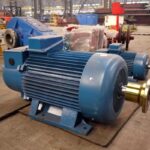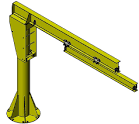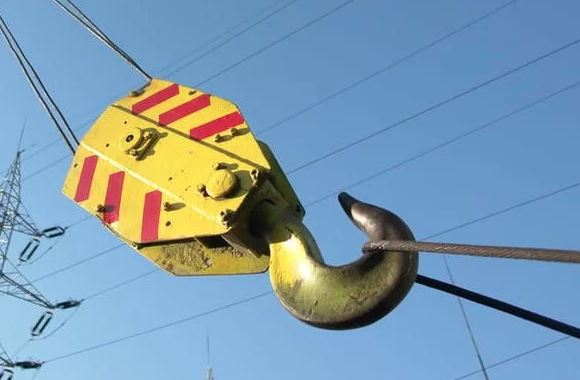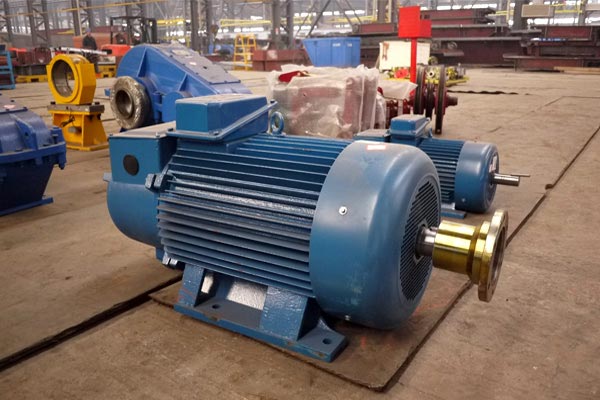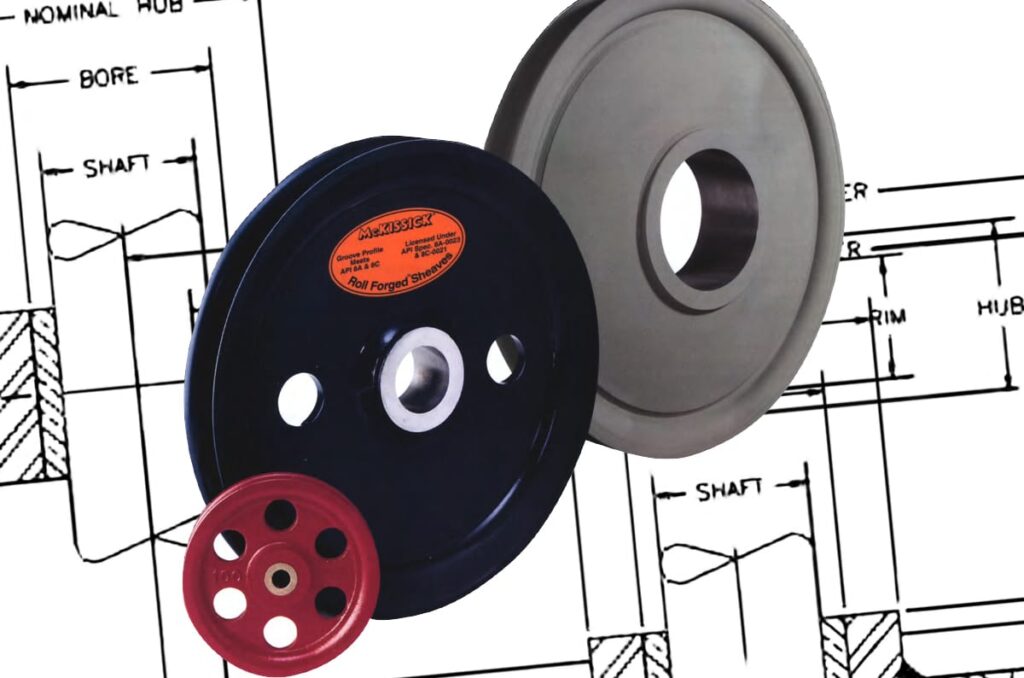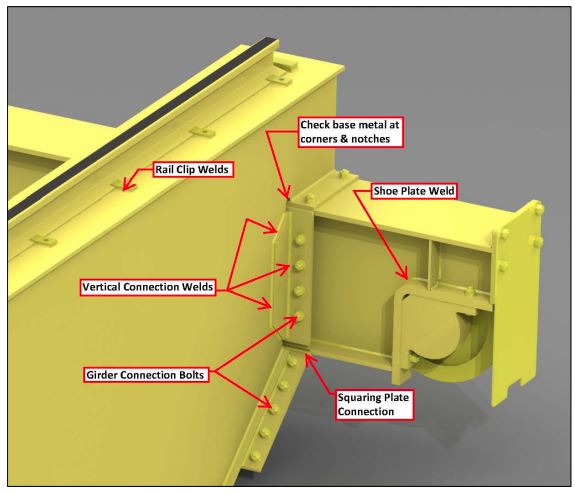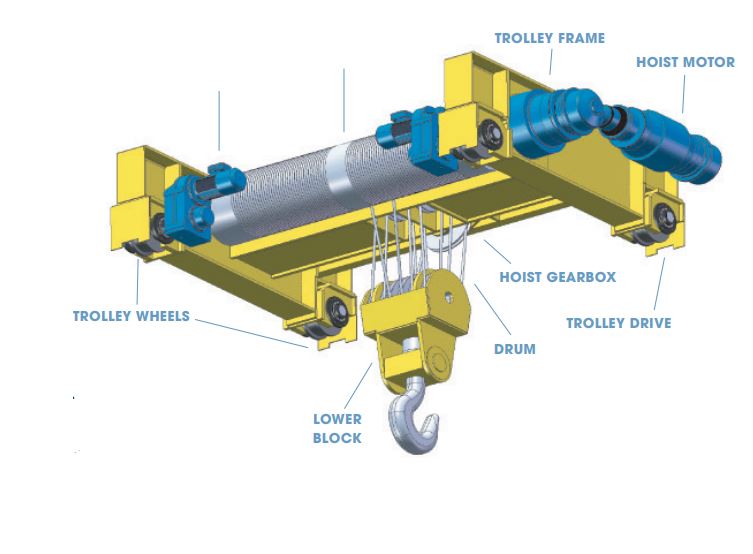## Introduction
Overhead cranes are crucial equipment in various industries, providing efficient lifting and transporting capabilities. However, the operation of bridge-type cranes can be hindered by technical issues such as wear and skewing of wheels and crane tracks. These problems can lead to decreased performance and potential safety hazards. In this article, we will explore the importance of calculating stress in the main girder of an overhead crane and discuss design solutions to mitigate these issues.

Calculation of Stress in Overhead Crane Main Girder
Understanding Crane Skewing
One of the main challenges in the operation of overhead cranes is crane skewing, which refers to the misalignment of the crane due to various factors. Unevenness of the crane track, unequal loading of traction drives, slips, and different sizes of travel wheels can all contribute to crane skewing. This misalignment not only affects the crane’s efficiency but also poses risks to the safety of operators and the integrity of the equipment.
Detecting Mechanical Stress and Deformation
To address the issues associated with crane skewing, it is essential to detect and measure the magnitude of mechanical stress and deformation in the steel structure of the crane’s main girder. By understanding the forces exerted on the crane bridge, engineers can develop effective solutions for controlling separate crane travel drives.
One design solution involves the installation of mechanical stress detectors in the inner corners of the crane bridge. These detectors record the mechanical stress generated by the transverse forces resulting from the deformed geometric shape of the crane bridge structure. The recorded data is then used for feedback control of the crane travel drives, which are controlled by frequency converters. This feedback control system helps compensate for the misalignment and ensures smoother and more precise crane movements.
Calculation of Lateral Transverse Forces
To accurately determine the magnitude of mechanical stresses in the deformed steel structure of the crane bridge, calculations based on industry standards are necessary. The CSN 27 0103 standard provides guidelines for calculating lateral transverse forces in overhead cranes. By applying these calculations, engineers can evaluate the stresses exerted on the main girder and identify potential areas of concern.
Furthermore, the finite element method, implemented through software like MSC.MARC 2019, allows for a more detailed analysis of the mechanical stresses. This method considers the complex geometry and material properties of the crane bridge to provide precise stress calculations. By utilizing advanced simulation techniques, engineers can optimize the design and ensure the structural integrity of the main girder.
Design of Mechanical Stress Detectors
The design of the mechanical stress detectors is a crucial aspect of the stress calculation process. These detectors should be able to withstand the axial forces generated by the deformation and warping of the crane bridge. Laboratory tests are conducted to evaluate the performance of the detectors under different loading conditions.
Based on the conclusions drawn from the laboratory tests, engineers can refine the design of the mechanical stress detectors to ensure their reliability and accuracy. The recorded axial forces provide valuable insights into the behavior of the crane bridge under different operating modes, allowing for further improvements in the design and operation of overhead cranes.
Conclusion
The calculation of stress in the main girder of an overhead crane is vital for ensuring its safe and efficient operation. By detecting and measuring mechanical stress and deformation, engineers can develop design solutions to mitigate issues such as crane skewing. Through the use of industry standards, advanced simulation techniques, and reliable mechanical stress detectors, the structural integrity of the crane bridge can be maintained, enhancing the overall performance and safety of overhead cranes in various industries.
Remember, regular maintenance and inspection of overhead cranes are crucial to identify any potential issues and ensure the long-term reliability of these essential pieces of equipment. By prioritizing stress calculation and structural analysis, companies can optimize the performance of their overhead cranes, leading to improved productivity and a safer working environment.



